The Ballad of Yo! Noid
In the '80s and '90s, advertisers got the idea to market products to kids through video games. The games aren't half-bad (mostly), but they're still ads.
Hey guys, Ernie here with a piece from the Tedium archives about Madison Avenue’s infiltration of classic video games, which is legitimately a thing that happened.
Sponsored By … You?
If you find weird or unusual topics like this super-fascinating, the best way to tell us is to give us a nod on Ko-Fi. It helps ensure that we can keep this machine moving, support outside writers, and bring on the tools to support our writing. (Also it’s heartening when someone chips in.)
We accept advertising, too! Check out this page to learn more.
“Raisins may not have been the best game ever made, but I think fondly of it. For the most part, three of us put it together over the course of four or five months. Given what we were doing and what little resources we had, I think we did a fairly decent job.”
— Video game programmer Robert Morgan, discussing his work on California Raisins: The Grape Escape, an NES game that he was a primary developer for. The game, which was to be released by Capcom, was prominent enough that it showed up on the cover of Game Player’s magazine in 1991. Despite this, the game was never released and has since earned a reputation as being one of the best unreleased games in the console’s history. Morgan isn’t sure why. “Why was the game never released? I honestly don’t know. As far as I know, the game was complete and ready to go,” Morgan told Lost Levels. “Some people have had [conspiratorial] theories that someone may not have wanted the game released—it’s fun to think that, but it’s probably more likely that it was a marketing or company politics thing. The truth is that I was too far from the decision-making to be privy to what went on. I understand that the game did have some healthy pre-orders from the retailers …”
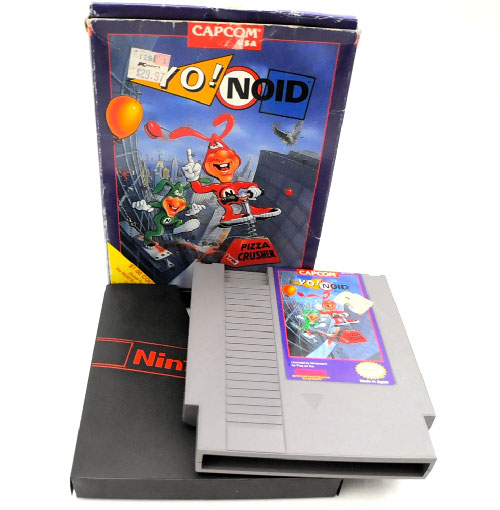
Did the rise of commercial mascot video games come in response to federal regulations?
As you may or may not know, the federal government arguably killed Saturday morning cartoons, due to rules in the Children’s Television Act of 1990 that required a certain amount of educational programming to be played on broadcast television.
The law also played a key role in changing the nature of advertising around children’s programming on broadcast TV, by limiting how much advertising could be programmed around educational programming. On top of requiring new educational standards for the programming itself, just 10.5 minutes of ads per hour could be played around a given cartoon on Saturday mornings, and just 12 minutes per hour on weekdays.
That meant the ads targeted at children ultimately had to be shorter and as a result would have less impact in the long run. Cable television hadn’t completely taken over yet, but video games—which faced few of these regulations—were a great way to work around the limitations of marketing to kids.
Television advertising targeted at kids has long been a target of federal scrutiny. For example, the Carter administration’s imprint on the Federal Trade Commission in the ’70s was notable for the hard-line stances FTC Chair Michael Pertschuk took on the issue.
“Many children have only a minimal understanding of what TV commercials are and what they do,” Pertschuk told People magazine in 1979, back when People covered legitimate news. “Advertisers seize on the child’s trust and exploit it as a weakness for their gain.”
Pertschuk’s stances ultimately led to a showdown with Congress, one that led the FTC to temporarily shut its doors in 1980 due to a lack of funding.
Many of the FTC’s stricter regulations on advertising to children came later, with 1998’s Children’s Online Privacy Protection Act perhaps being the strongest regulation targeted. The timing of the Children’s Television Act, which passed in October 1990 at the height of the NES era, certainly made video games an appealing path forward for marketers. Video games, even simple ones, are more immersive than any 30-second commercial could hope to be. If you spend an afternoon playing Yo! Noid, odds are a little bit higher that you’re gonna bug your mom for pizza come dinner time.
The fact that such games sold for $50 a pop in 1990 money certainly helped matters as well. Even a game rental could pay dividends down the road.
So it makes sense, then, that some of the most prominent licensed video games showed up not long after the passage of the Children’s Television Act of 1990. Turning a mascot designed to sell a product into a product of its own is a clever way to get around federal advertising regulations.
5.7M
The number of copies of Chex Quest, a first-person shooter that relied on the Doom engine, that Ralston Foods gave away in 1997 on boxes of its namesake cereal, Chex. The developer of the game, Digital Café, had a budget of half a million dollars, and the end result was arguably good enough to sell in stores. But they gave it away for free, because giving away a free video game on a CD-ROM was awesome marketing in 1997.
Five dirty little secrets of video games based on commercial mascots
1. The games are often based on other, unrelated games from different countries.Yo! Noid, the pizza-themed platformer that came out in the U.S. in November of 1990, wasn’t an original title programmed strictly for the American market. It was actually a reworked version of Kamen no Ninja Hanamaru, a Japan-only release by Capcom.
How similar were they? This YouTube video shows that while the graphics were updated for the American market, the gameplay was not.
(As weird as a video game based on a pizza-eating mascot is, it’s not the weirdest thing to ever happen to The Noid—this bizarre kidnapping incident is.)
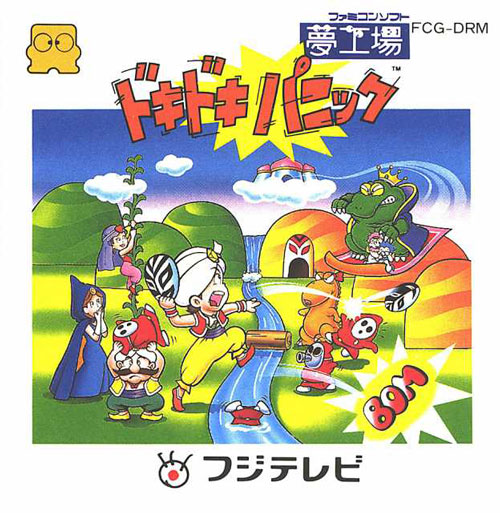
2. The U.S. edition of Super Mario Bros. 2 was a repurposed mascot game. The story behind the second Super Mario Bros. game in the U.S. is one of modest deception on the part of Nintendo of America, which believed that the Japanese version of the game was too hard and didn’t live up to the standards of its biggest hit.
Fortunately, there was another Mario-style game in Japan that had a license that was difficult to translate to the American market. That game, Yume Kōjō: Doki Doki Panic, was created at the behest of Fuji Television to give an extra push to Yume Kōjō ’87, a heavily promoted two-week festival designed to play up the network’s upcoming programs. (It’s sort of like NBC creating a Must See TV video game just to promote the premiere of Mad About You, if you think about it.)
So, when Nintendo of America rejected the original Mario sequel, Nintendo fortunately had a Japanese game in the can, in which it could reuse everything except what it didn’t actually want—the mascots. The Gaming Historian has a great clip discussing the story behind the bait-and-switch.
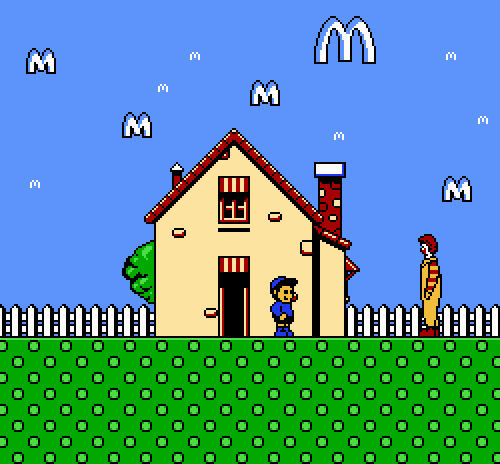
3. McDonald’s fought really hard to win over gamers. Between 1988 and 1994, at least five different video games with Ronald McDonald branding were released worldwide. All were different stripes of two-dimensional platformers.
The most well-known of these efforts was the 1992 game M.C. Kids, a Super Mario Bros. 3-style game that was released on six different platforms, most notably the NES. (The name may have come from the McDonald’s-themed clothing line that Sears was selling for a time. Would you dress your kids up in this stuff?)
But the most interesting, in some ways, is the first one: Donald Land, a Japan-only game for the Famicom, was clearly an effort to turn Donald McDonald (as he’s called in Japan due to the lack of hard “R” sounds in the Japanese language) into the next Mario. It didn’t work in any way, shape, or form, and kind of made Donald look like a terrorist. A man dressed in a onesie, wearing clown makeup, and lobbing bombs at everything? Sounds like the Unabomber to me.
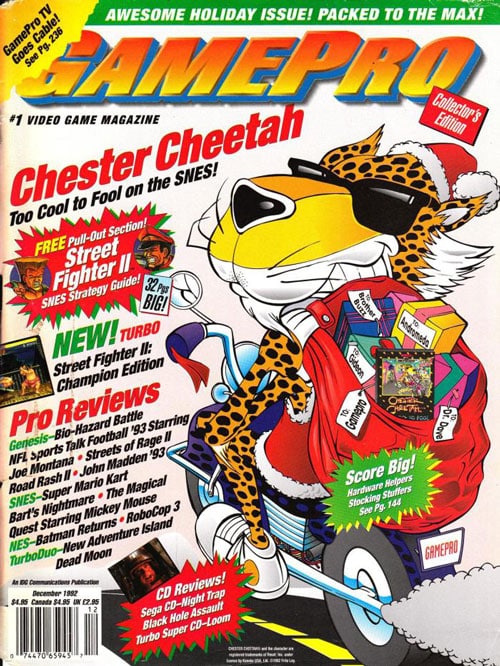
4. A cool video game is a great way to get free promotion. We see ads everywhere—on TV, on billboards, in bus stations—with one exception. That one place is the cover of a magazine, because, ultimately, magazine covers are ultimately meant to highlight editorial stories, not promote ads. It’s a church and state thing.
But there’s a funny thing about turning mascots into games: If they were good enough, they could show up on magazine covers, which is sort of a clever way to turn what’s essentially advertising into a form of editorial content.
For example, the well-reviewed 7UP-themed game Cool Spot, which had versions for nearly every major gaming platform in the early ’90s, showed up on the cover of the Sega magazine Megazone. Not to be outdone, Chester Cheetah made an appearance on the covers of both GamePro and Game Informer. Even if most consumers aren’t even looking for a video game magazine, they show up within shouting distance of Newsweek and Sports Illustrated, thereby making them a great way to advertise one last time to people already in a store that sells both 7UP and Cheetos before they spend their afternoons playing M.C. Kids.
(I’m sure Joe Camel was booting up his Genesis development kit before the federal government decided to rein in cigarette advertising altogether.)
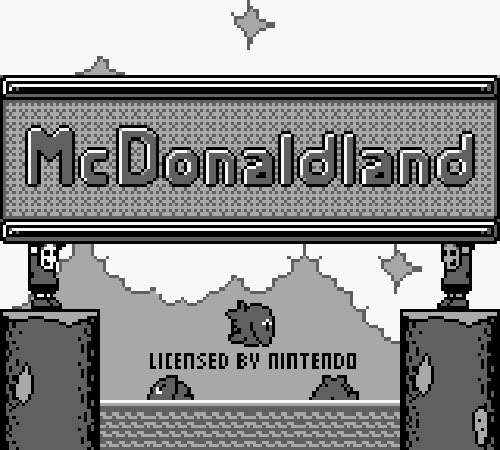
5. Sometimes, mascot games get recycled by multiple brands. Virgin Interactive, the Richard Branson-affiliated game developer, was responsible for both M.C. Kids and Cool Spot, which put the company in unusual situation with the Game Boy version of M.C. Kids, which was published as McDonaldland in Europe, but was redone with the 7UP branding outside of Europe. (The potential reason for this? Spot wasn’t known as the 7UP mascot in Europe; Fido Dido was.)
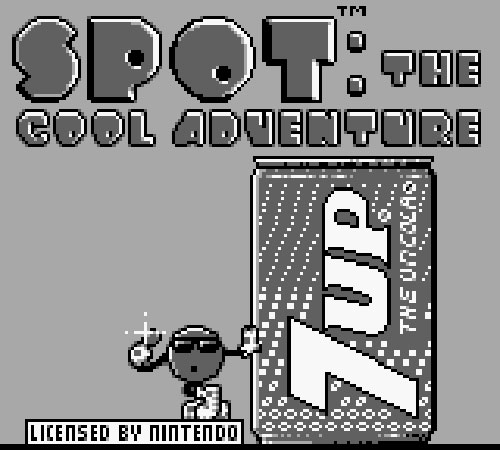
Yes, that means there’s a Game Boy game out there that is affiliated with not one, but two different commercial mascots.
As video games evolved into something that was closer to an artform than something that could be used as a way to promote something else, the concept of games based on mascots never really went away—they simply evolved into Flash games, like this Honey Nut Cheerios Angry Birds clone on the Cartoon Network website, or even mobile games.
But as games got smaller in physical size and became things that could be distributed with other products, along the lines of Chex Quest, it led to new ways of using games to promote stuff.
A good example of this came about in 2001, when McDonald’s teamed with Sony to distribute Playstation II games to Japanese McDonald’s customers for free. The “Happy Disc,“ as it was called, included early versions of Parappa the Rapper 2 and the Japan-only game Piposaru 2001. In 2006, Wired described the game as one of the rarest ever released for the console, due to the fact it could only be won as a prize in a Monopoly Game-style contest.
The games, while keeping the original characters and gameplay, are loaded with a ton of extra graphics of golden arches and hamburgers.
If you can’t beat ’em, shower them with your branding, apparently.
:format(jpeg)/2018/01/yonoid.gif)
/2018/01/yonoid.gif)


/uploads/ernie_crop.jpg)